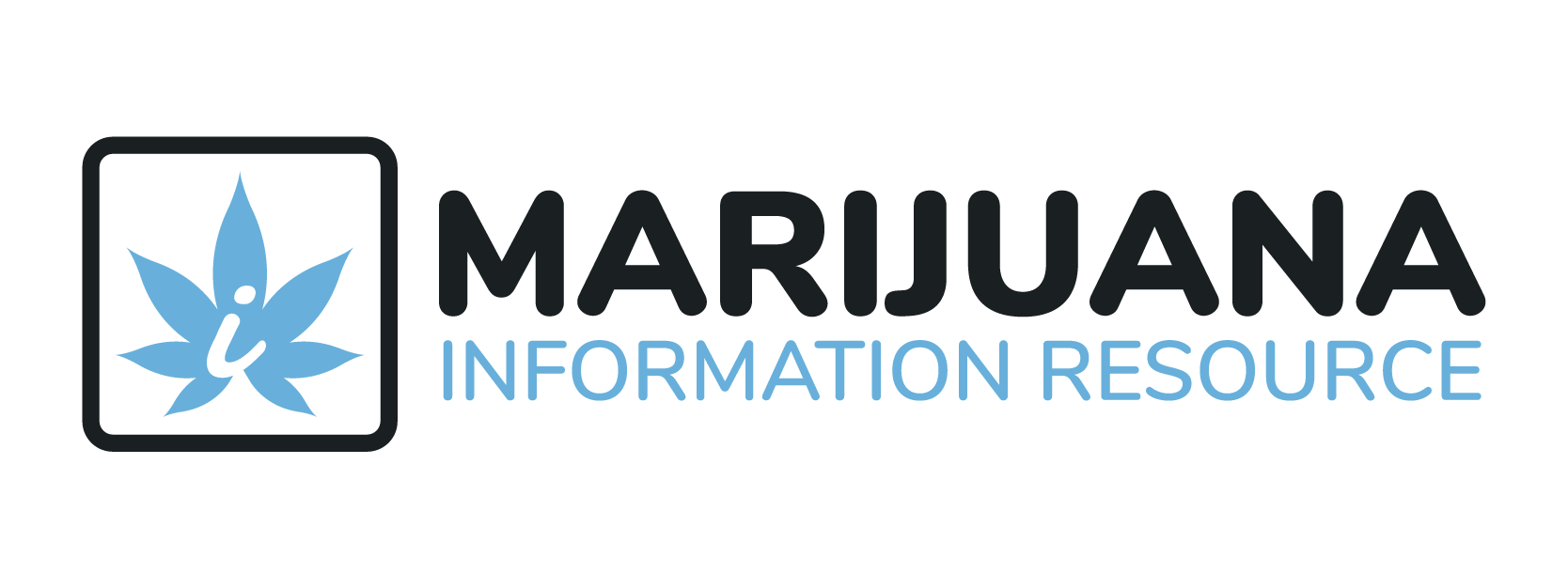In mid-2025, the status of federal cannabis legalization in the United States remains unsettled — caught in a limbo between state-level reform, executive regulatory action, and congressional inertia. Although significant momentum exists in the states and within the public, the federal government has yet to take a definitive step toward full legalization. Analysts say that the next year could prove pivotal — if shifts in executive policy, congressional strategy, and judicial rulings align.
Regulation and Classification: The Rescheduling Gambit
At present, cannabis remains a Schedule I substance under the Controlled Substances Act, placing it in the same federal category as heroin and LSD. In 2023, the Department of Health and Human Services recommended that cannabis be reclassified to Schedule III, based on evolving scientific assessments of medical utility and abuse risk. In May 2024, the Department of Justice issued a proposed rule effecting that change, triggering a public comment period and scheduling of administrative hearings.
But that process has been slow and is now subject to political uncertainty. Under the previous Biden administration, the reclassification effort signaled an important step toward reducing legal friction for state-legal businesses. Now, with a new administration coming in, observers are watching whether those proposals will be adopted, reshaped, or rescinded. President Trump has indicated that a decision on cannabis rescheduling will come “in the next few weeks.” Meanwhile, the Trump administration’s director-nominee for the Office of National Drug Control Policy (ONDCP) has expressed caution: federal rules currently limit the ONDCP’s ability to support Schedule I reclassifications before FDA or broader legal approval.
Congressional Gridlock and Incremental Moves
Meanwhile, Congress has struggled to pass sweeping reform legislation. Several cannabis reform bills are alive in the 2025–2026 session — including proposals to deschedule cannabis and establish federal regulatory frameworks. The Cannabis Administration and Opportunity Act (S. 4226), championed by Senators Schumer, Booker, and Wyden, would remove cannabis from the Controlled Substances Act and create a federal regulatory regime. In the House, 40 Democrats recently introduced a version of the MORE Act to deschedule, decriminalize, and initiate automatic expungements.
Despite these bills, the legislative calendar has offered little movement. Many proposals have yet to receive committee hearings. A Democratic member of Congress recently remarked that federal policy is at a “standstill,” with uncertainty looming over where the executive branch will land on cannabis reform.
At the same time, smaller gains are being made via appropriations riders. For years, the Rohrabacher-Farr amendment has prevented the Department of Justice from interfering with state medical cannabis programs when funding is renewed. In 2025, lawmakers included parallel language in Veterans Affairs spending bills to bar enforcement of the VA’s ban on recommending medical cannabis.
Courts and Legal Challenges
On the judicial front, courts remain reluctant to erode the federal prohibition. In May 2025, the First Circuit Court of Appeals rejected a challenge by Massachusetts cannabis businesses calling the federal ban unconstitutional. The court reaffirmed that Congress retains authority under the Commerce Clause to criminalize interstate cannabis, even in states that have legalized it. That ruling solidifies the legal barrier against wholesale federal undoing of prohibition unless Congress acts.
The Forces Shaping the Future
Several key levers will likely determine when — or if — federal legalization occurs:
- Executive willpower. The administration’s position on the pending rescheduling rule (or on broader descheduling) could stall or accelerate reforms. Some analysts argue that meaningful reform must be driven from the top, especially under a Congress with narrow majorities.
- Congressional coalition building. Passage of comprehensive legalization will require cross-party support — a challenging prospect in a polarized environment. Incremental or sectoral adjustments (e.g. easing access for veterans) may pave the way.
- State pressure and public opinion. With 24 states and D.C. legalizing adult use, and many more permitting medical cannabis, federal legitimacy increasingly lags behind practice. Yet recent polling suggests majority support for legalization has plateaued (around 57% per Pew Research Center), raising questions about federal electoral incentives.
- Industry and investment momentum. Markets have responded to speculation: cannabis-related ETFs have rebounded in part on expectations of rescheduling or reform. But investors remain cautious over timeline risks.
- Regulatory integration. Even if rescheduling proceeds, implementation will demand alignment across DOJ, DEA, FDA, Treasury (tax policy), and other agencies — a complex bureaucratic task.
2026 as a Pivotal Year?
At mid-2025, federal cannabis legalization remains aspirational rather than imminent. The process is being waged across regulatory offices, legislative chambers, and courtrooms — with each branch subject to political shifts and institutional constraints.
Still, many industry insiders and observers point to 2026 as a possible inflection point. Some expect a formal announcement during a State of the Union address or a rescheduling decision early in the year. If the executive branch acts decisively, Congress may find it easier to follow through. But absent coordination, momentum may dissipate once again.
The question now becomes not if legalization will occur, but when the alignment of will, power, and public sentiment will finally break the stalemate.

